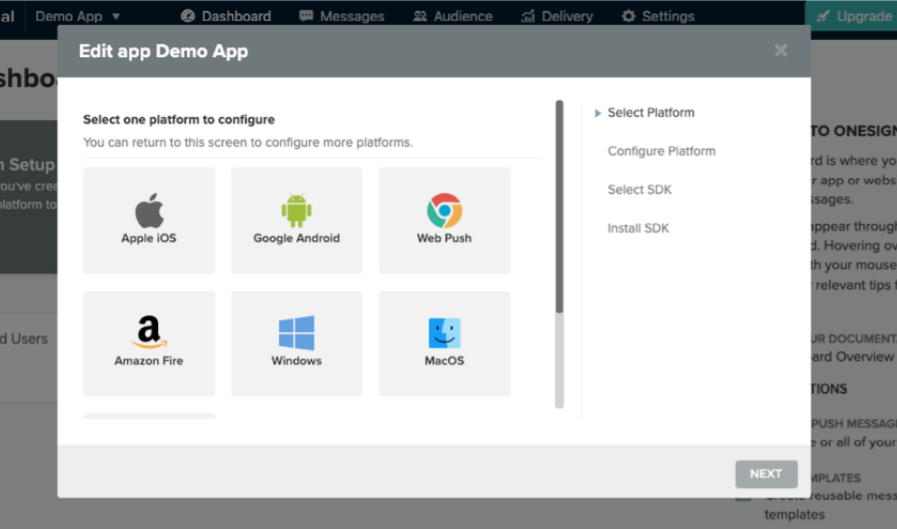


- Account tracker android project documentation how to#
- Account tracker android project documentation update#
- Account tracker android project documentation for android#
Once the user grants this permission, you’ll display their position on the map. This step is composed of two actions that display the user’s position on a map.įirst, you’ll get the user’s coordinates, and then you’ll build the logic to ask for the location permission. Now, click Sync project and you’re ready to rock! Implementation ':android-maps-utils:2.2.3' Implementation ':play-services-location:18.0.0' Implementation ':play-services-maps:17.0.1' Then paste these lines inside the dependencies lambda: In the app folder, open adle for the app module. Now, you’re ready to rock! Location, Location, Locationīefore you perform any query related to locations, you need to get your dependencies right. Last but not least, there’s the start and stop button that you’ll use to begin and end tracking the user. If you don’t see it right away, make sure you correctly pasted your API Key in the previous step and enabled the Maps SDK for Android. These values change when the user starts to move.īelow is your map.
Account tracker android project documentation update#
heads up to update your app, since depending on your current targetSdkVersion. effect if your targetSdkVersion is 25 or lower. This lint check starts warning you some months before these changes go into. There are three data fields at the top of the screen: average pace, elapsed time and distance the user moved in the session. your app to run on older Android versions (down to the minSdkVersion). You’re ready to build your project for the first time! Click the run button and you’ll see this UI: Then paste your API Key where you see this code: The first is for the debug variant and other is for the release. Now, back in your IDE, select the two google_maps_api files.
Account tracker android project documentation for android#
If you get lost in the process, check the official documentation here.Īlso, make sure to enable the Maps SDK for Android under the API Library. Make sure to copy the API Key because you’ll need it soon. On the Credentials page, select a project or create a new one.Īt the top of the page, click Create Credentials and select API Key. Once you load the project into your IDE, head to the Google Cloud Console and log in with your Google account.
It’s always nice to have some prior knowledge of the topic! Getting Startedĭownload the starter project by clicking the Download Materials button at the top or bottom of the tutorial.
Account tracker android project documentation how to#
Use the Google Maps API inside your Android project.īefore you start, check out this article on how to use maps on Android, or this article about Activity Recognition.Oh, wait… that’s what you’re going to do now! Using the Google Maps API, you can create a tracker with this ability. This approach is practical when you’re trying to build a tracker for sport sessions, like running or biking. In this tutorial, you’ll learn how to make an Android run tracking app that shows the user’s position on a map, together with their path. If (_INT >= Build.VERSION_CODES.Learn how to make an Android run tracking app to show a user’s position on a map, along with their path. ConnectionCallbacks, GoogleApiClient.OnConnectionFailedListener, 101) Public class MapsActivity extends FragmentActivity implements LocationListener, Just make new Project and Choose Map Project, Make your project on google console and Add the Key to your Project :


 0 kommentar(er)
0 kommentar(er)
